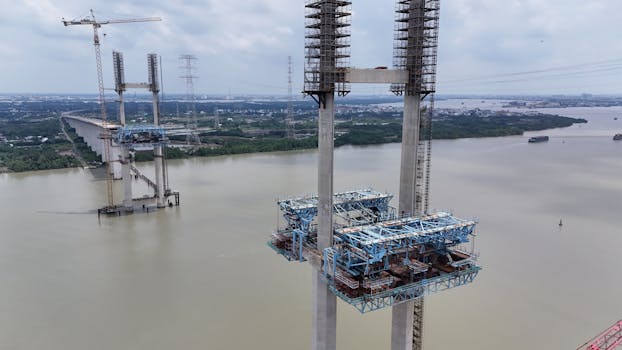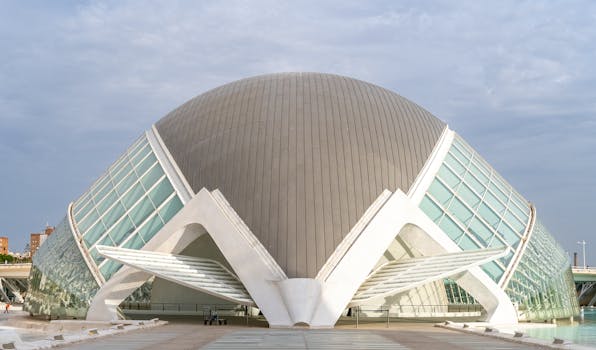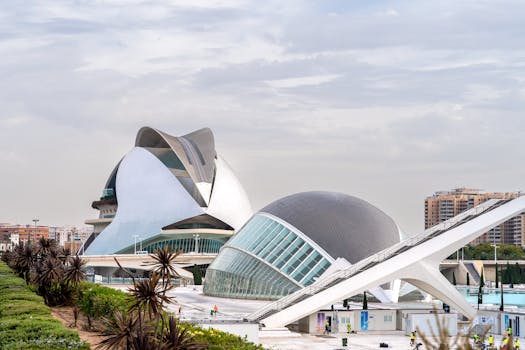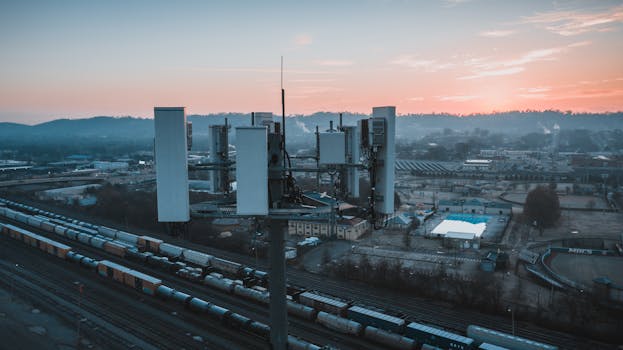Smart Cities: Urban Trends for 2025
Smart Cities are at the forefront of urban development, and as we approach 2025, it’s essential to understand the latest trends that will shape the future of our cities. Smart Cities are no longer just a concept, but a reality that is transforming the way we live, work, and interact with our environments.
Introduction to Smart Cities

Smart Cities are urban areas that leverage technology and innovation to create a more sustainable, efficient, and livable environment for their citizens. From smart transportation systems to intelligent buildings, Smart Cities are designed to make our lives easier, safer, and more enjoyable.
Urban Trends for 2025

So, what can we expect from Smart Cities in 2025? Here are some of the top urban trends that will shape the future of our cities:
- Increased Use of IoT Devices: The Internet of Things (IoT) will play a significant role in Smart Cities, with more devices being connected to the internet and collecting data to improve city operations.
- Smart Transportation Systems: Smart transportation systems will become more prevalent, with cities investing in intelligent traffic management, autonomous vehicles, and hyperloop systems.
- Renewable Energy Sources: Smart Cities will prioritize renewable energy sources, such as solar and wind power, to reduce their carbon footprint and become more sustainable.
- Green Spaces and Urban Farms: Cities will invest in green spaces and urban farms to improve air quality, reduce urban heat islands, and provide citizens with fresh produce.
- Intelligent Buildings: Intelligent buildings will become more common, with features such as energy-efficient systems, smart lighting, and advanced security systems.
Benefits of Smart Cities

Smart Cities offer numerous benefits to citizens, including:
- Improved Quality of Life: Smart Cities provide citizens with a better quality of life, with access to clean air, water, and sanitation, as well as efficient transportation systems and public services.
- Increased Efficiency: Smart Cities are designed to be more efficient, with optimized energy consumption, reduced waste, and streamlined public services.
- Enhanced Safety and Security: Smart Cities prioritize safety and security, with advanced surveillance systems, intelligent emergency response systems, and smart lighting.
- Economic Growth: Smart Cities attract businesses, investors, and talent, driving economic growth and development.
Conclusion

In conclusion, Smart Cities are the future of urban development, and 2025 will be a pivotal year for the growth and adoption of Smart City technologies. As cities continue to evolve and innovate, we can expect to see significant improvements in the quality of life, efficiency, safety, and economic growth of our urban areas.



